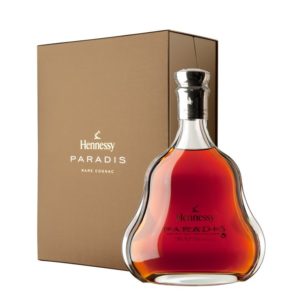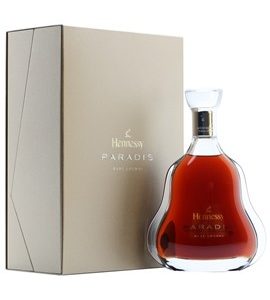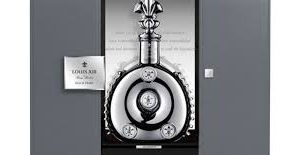The origin of Cognac dates back to the 16th century when Dutch settlers came to this French region to purchase salt, wood, and wine. However, the journey back home made preserving the wine difficult and they needed to find a better way to conserve it. They started by distilling the wine into eau-de-vie, which was a good solution for preservation, but eventually they realized a second distillation made for an even finer, more elegant and pleasant product. This is essentially the birth of brandy. In fact, the word “brandy” comes from the Dutch word “brandewijn” which means burnt wine. Brandy is made all over the world, but only brandy made in the Cognac region of France, and under the strictest guidelines, can be called “Cognac.” The Cognac region stretches over two regions in western France, Charente-Maritime (bordering the Atlantic Ocean) and Charente (a little further inland). There are six crus (or growth areas) designated for producing Cognac. Listed in descending order of ageing potential and quality, they are as follows: Grand Champagne, Petite Champagne, Borderies, Fins Bois, Bons Bois, and Bois Ordinaires.
Each region is a different AOC that produces Cognac of varying characteristics and ageing potentials. The term “Fine Champagne” is an AOC that refers to a Cognac composed of Grande and Petite Champagne eaux-de-vie, with at least 50% Grande Champagne. Even within the defined region, if a Cognac is produced that fails to meet any of the strict criteria set down by the BNIC—Bureau National Interprofessionel du Cognac—it may not be called Cognac.
Showing 1–12 of 19 resultsSorted by popularity














